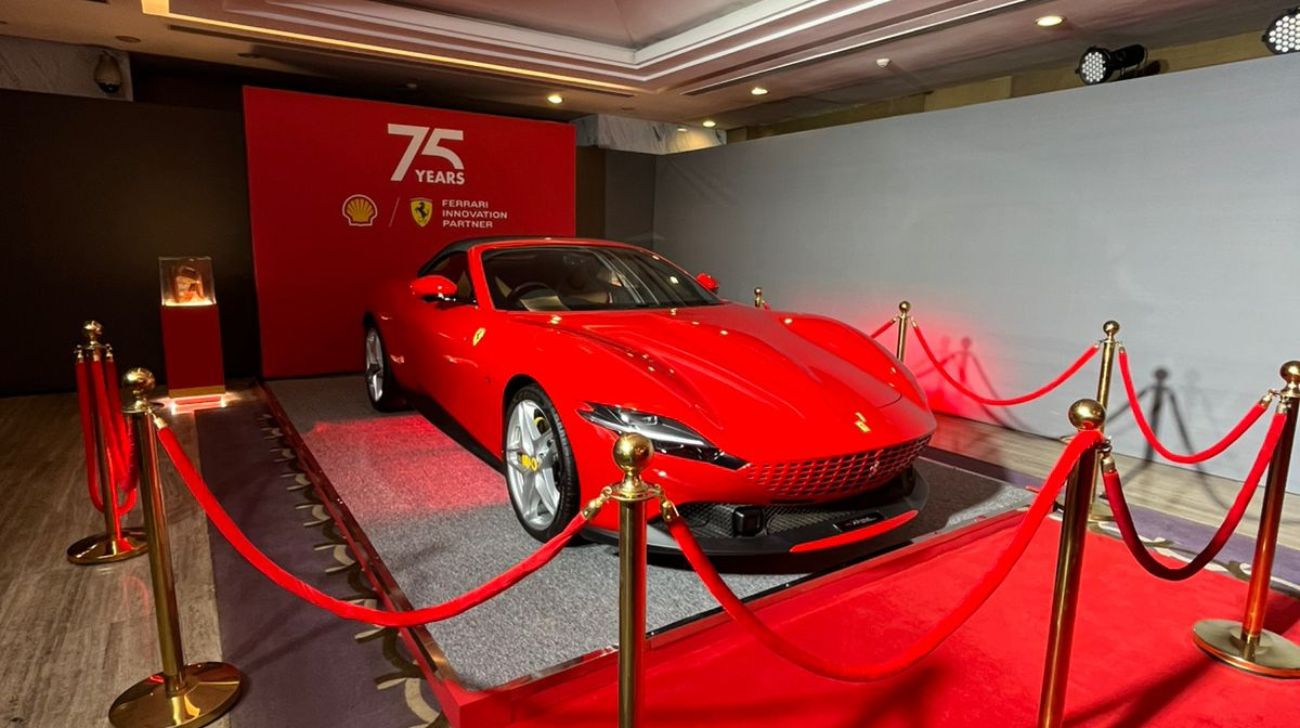Toyota has revealed its latest development in engines running on alternate fuels. In the current atmosphere of change and transition, one company that has now come ahead of the curve | The Japanese Giant Toyota. They were also a part of the trio, along with Mazda and Subaru, which set out to develop a new breed of internal combustion engines. They have an engine that can run on multiple types of fuels, such as petrol, hydrogen, and synthetic fuels. Is it the same as ICE engines? What about the Hydrogen engine? Let's find answers to all of these questions.
Info about the Engine
These engines will be part of Toyota's 'multi-pathway approach', based on multiple pillars, such as new EVs, hybrid cars, hydrogen cars, and new types of engines. Toyota has claimed that these new engines will be 10-20 per cent smaller than the current models, but they will produce more power and use less fuel. Toyota is currently planning to use these engines in a hybrid setup.
Less Torque, Lower Revs
Toyota claims it has developed a turbocharged and naturally aspirated 1.5L engine. At the same time, the 2.0L one is only available in a turbocharged form. With their smaller size, their strokes will also be shorter, reducing the torque. This would make these engines less rev-hungry than the ones we have right now. The hybrid powertrain's electric motor will kick in to pick up the slack.
The Hydrogen Engines
While Toyota already has fuel-cell cars like the Mirai in its arsenal, its chairman and former CEO, Akio Toyoda, has been adamant about developing hydrogen-based racing cars. Toyota's engineers worked with hydrogen and combustion engines, which resulted in them making a 1.6L 3-cylinder powerhouse that is equipped in the GR Corolla. Their model was used in Japan's Super Taikyu racing series. They had faced an issue of thermal efficiency, with hydrogen combusting quicker and at higher temperatures than our regular petrol. Toyota engineers have gotten hold of this, which led to the making of this new engine breed.
For all the latest information on the automotive world, click here.

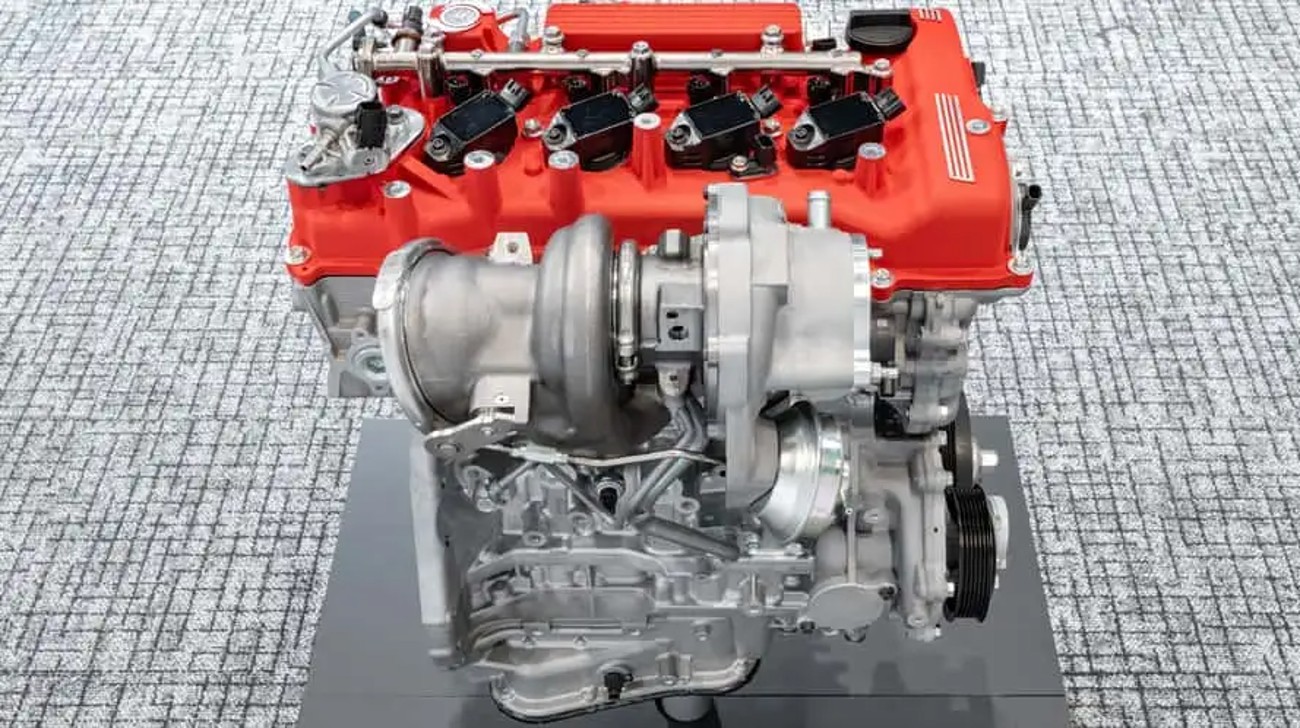
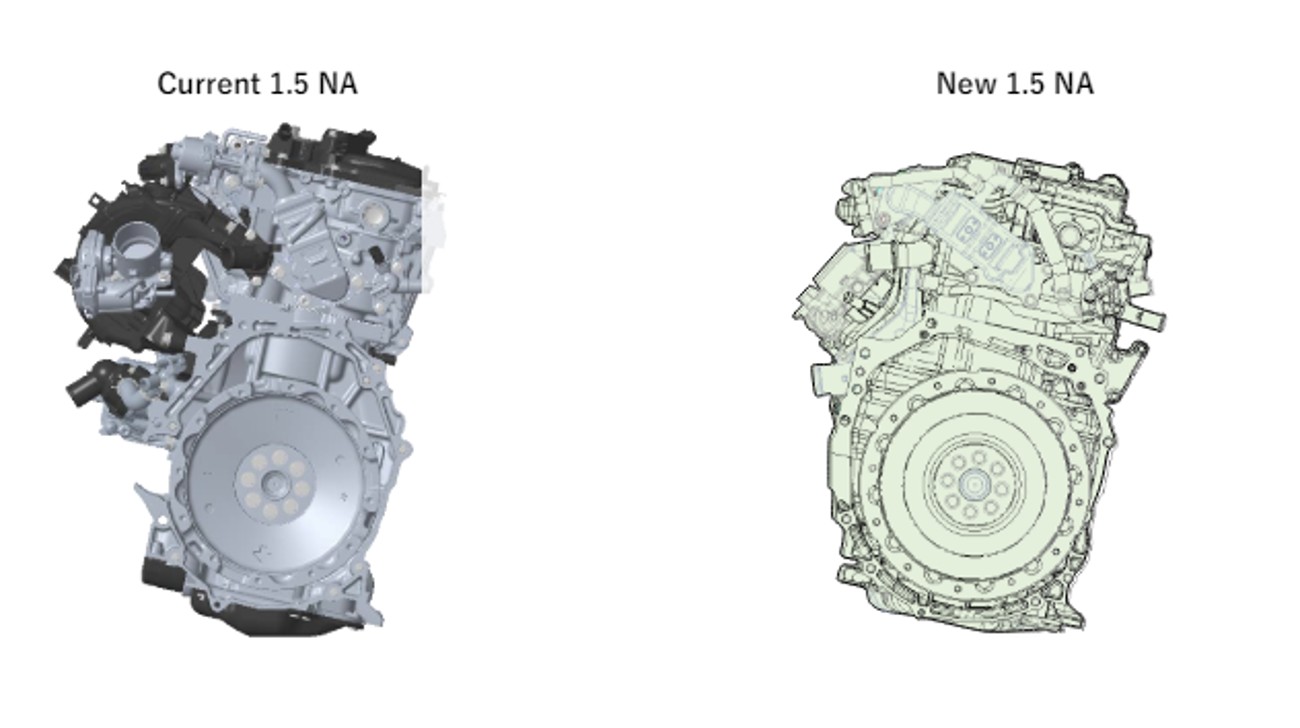
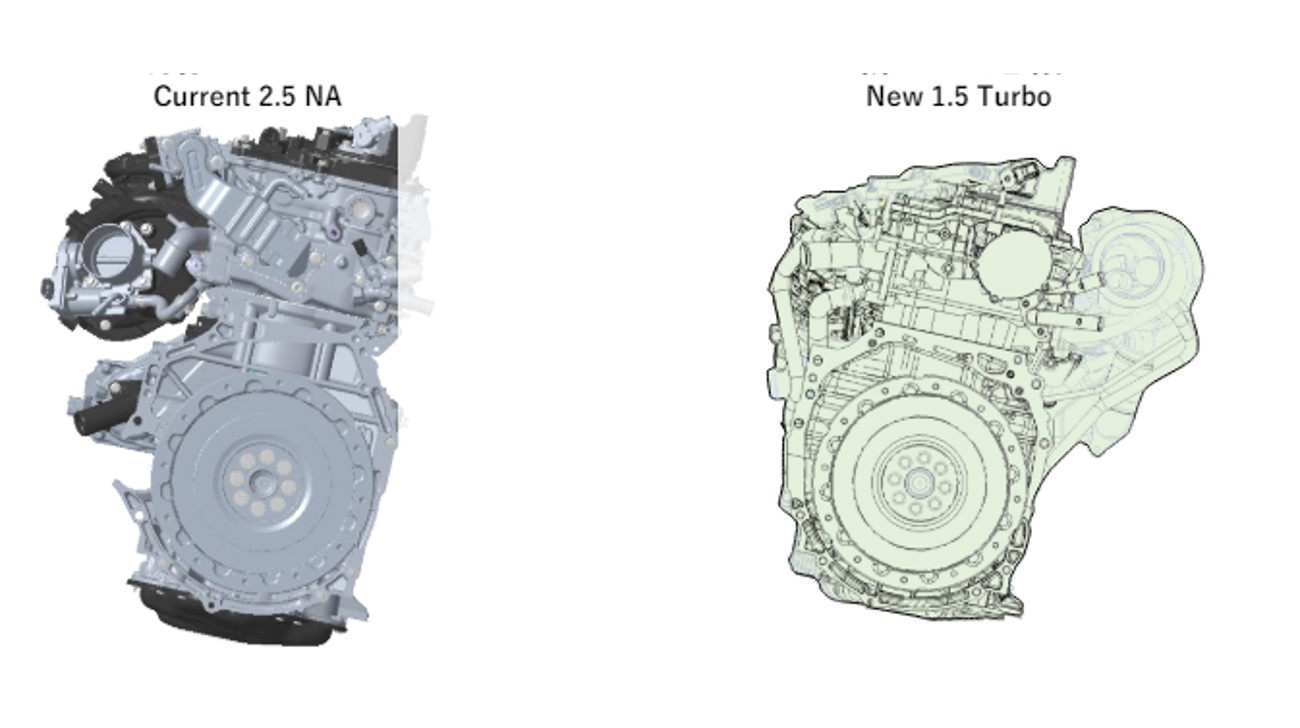
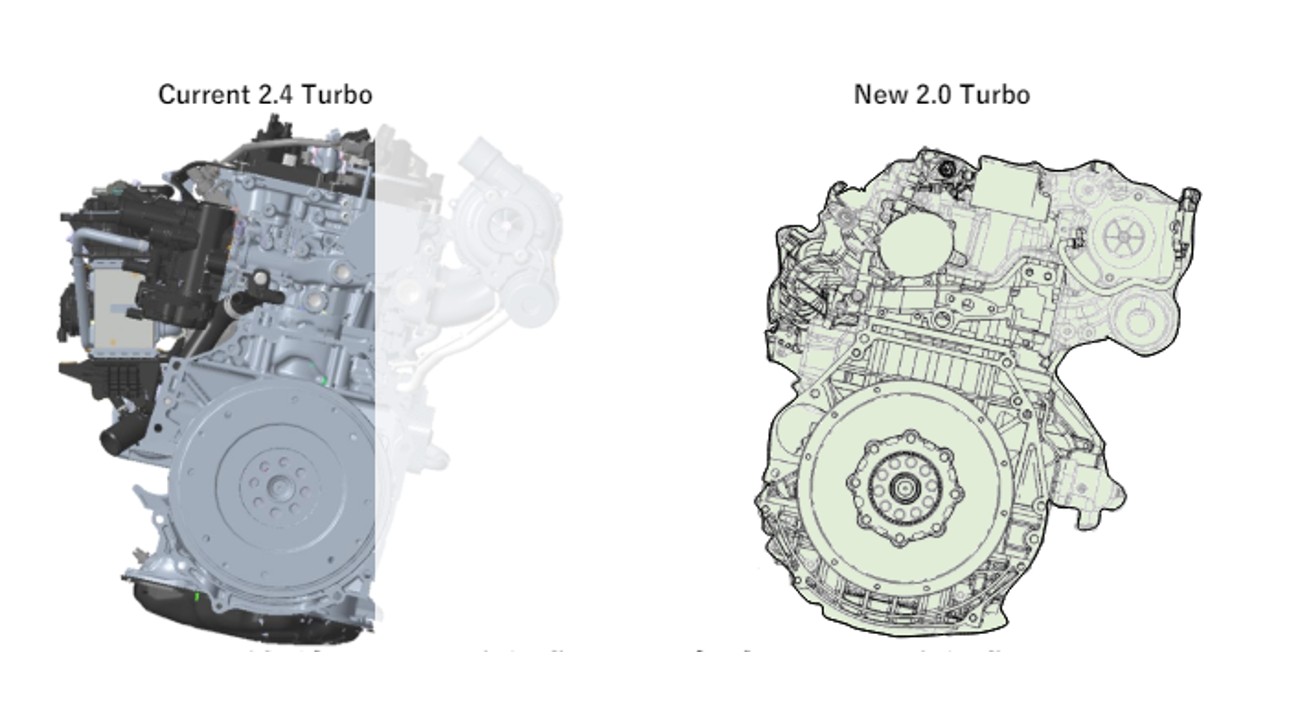

.jpg)

